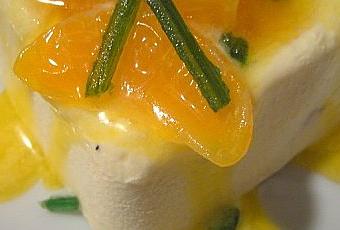

No need to commit try us out for a month to test whether you find the service helpful.

Check out the details, download a sample menu, or sign up here. Plus, more that’s worth mentioning: chicken enchiladas, breakfast sandwiches, lacto-fermented carrot chutney, and sprouted spelt oatmeal-chocolate chip cookies. Need ideas for using up Christmas leftovers? This week’s real food menu plan features two meals for just this purpose: an incredibly delicious scalloped potato meal as well as a turkey pot pie. This continual submersion of the fruit in sugar syrup causes the sugar syrup to gradually replace the water content of the fruit, preventing spoilage and allowing the fruit to retain its appearance and taste for a long time.*Feel free to substitute mandarins or oranges for the clementines. The process takes several days, weeks or months, depending on the size and type of fruit. The French and Italians are known as having perfected the glacé technique, which involves placing whole fruit, smaller pieces of fruit, or fruit peel that is just ripe in a heated sugar syrup. The Arabs subsequently developed the modern idea of candied fruit and it was through them that candied fruit made its way to the West. The ancient cultures of China and Mesopotamia are known to have preserved fruit in palm syrup or honey. Today, glacé cherries, pineapple, ginger and citrus peel are typically used in fruitcakes, panettone, and cassata, enjoyed mainly as a festive treat. By the early 1900s, glacé fruit was a common ingredient in many recipes and were popular sweet treats on special occasions. Glacé fruit has actually been around since the 14th century, when candied plums, apricots, and nuts were popular.

It has a place in history and gives us a feeling of nostalgia, reminding us of a time when preserving food naturally was a necessity. Glacé fruit is also known as candied, glazed or crystallised fruit.


 0 kommentar(er)
0 kommentar(er)
